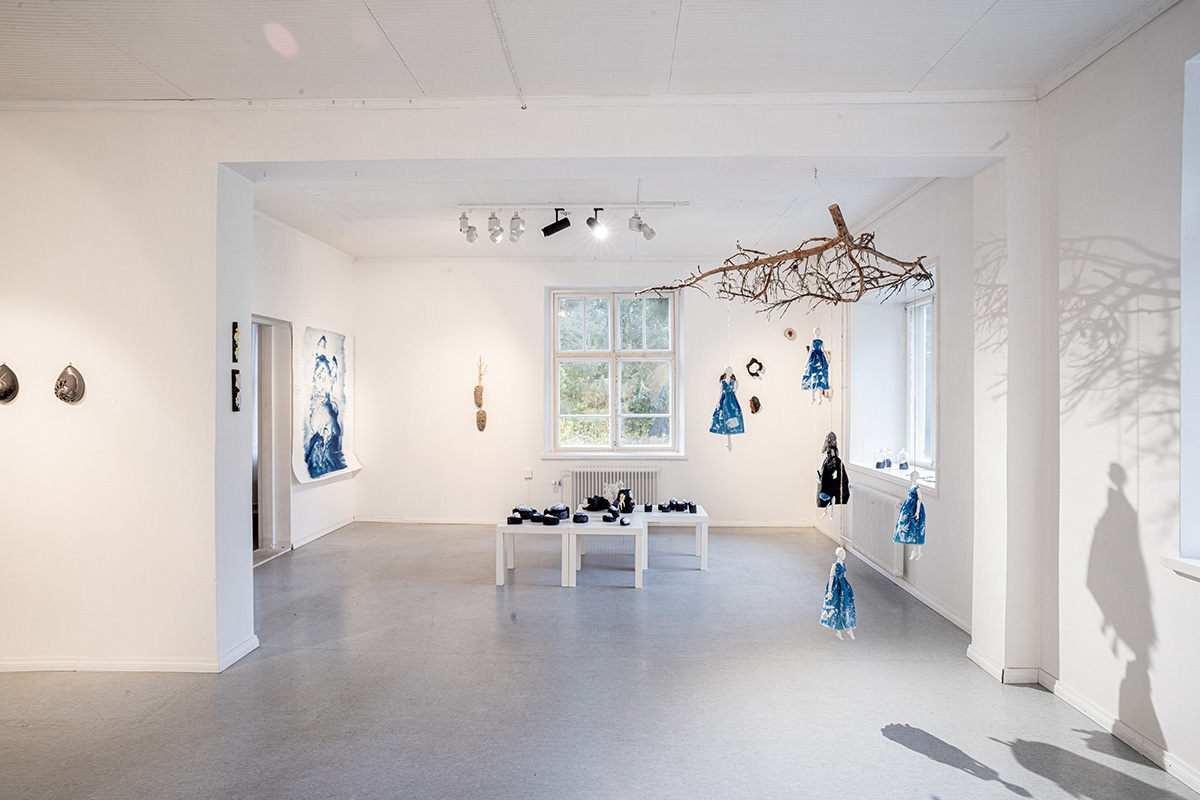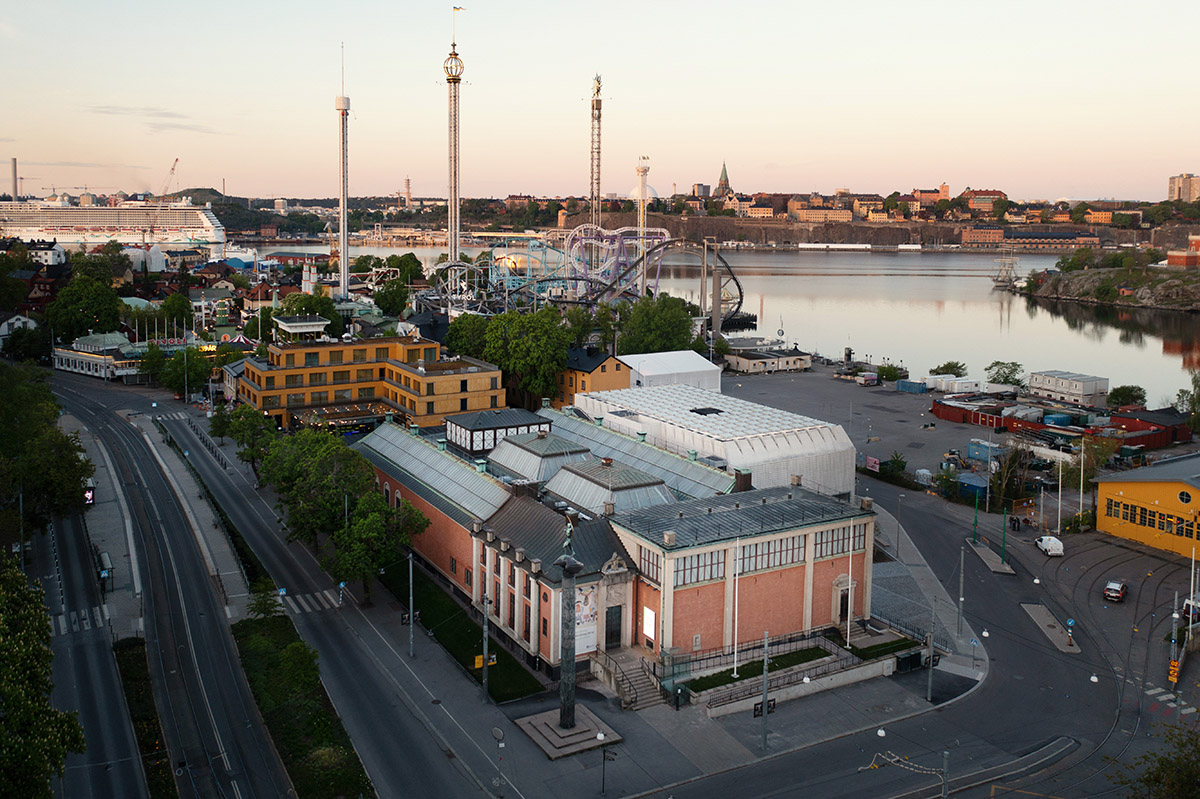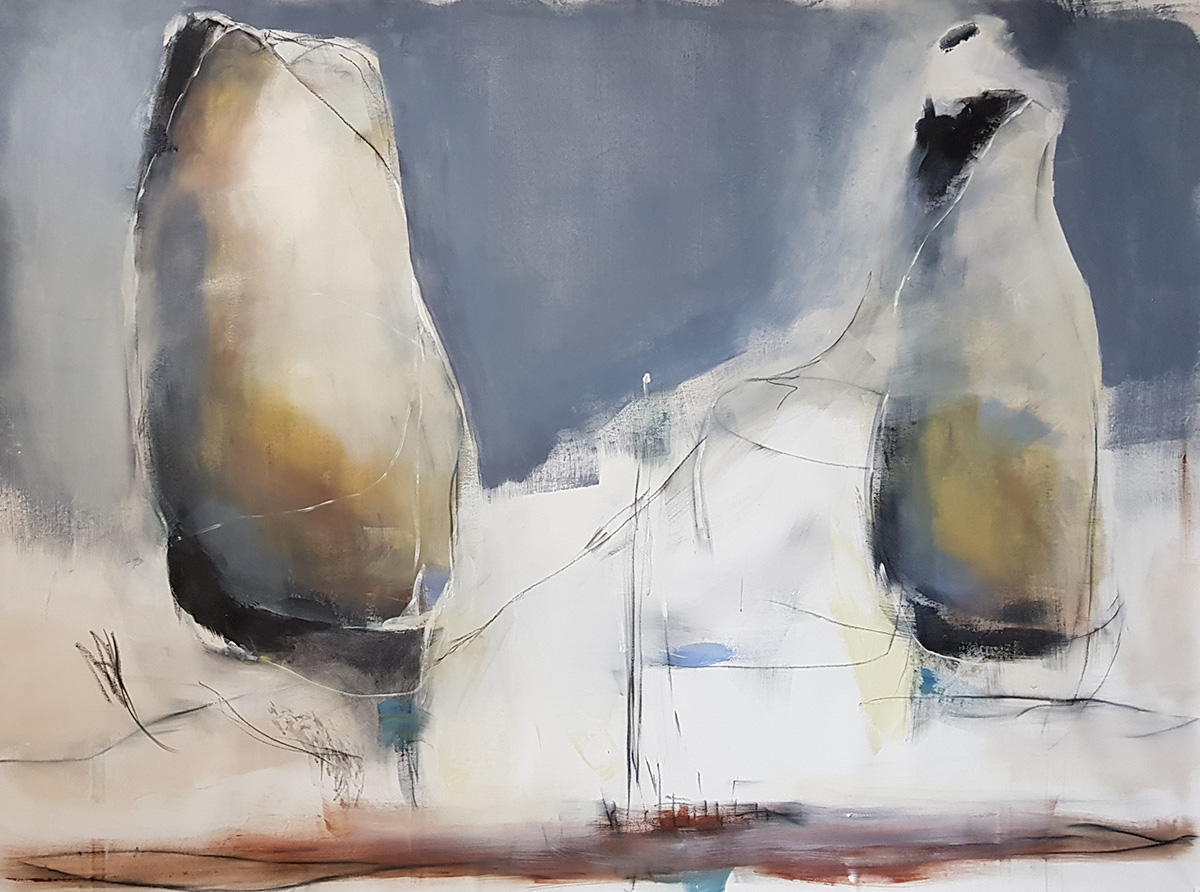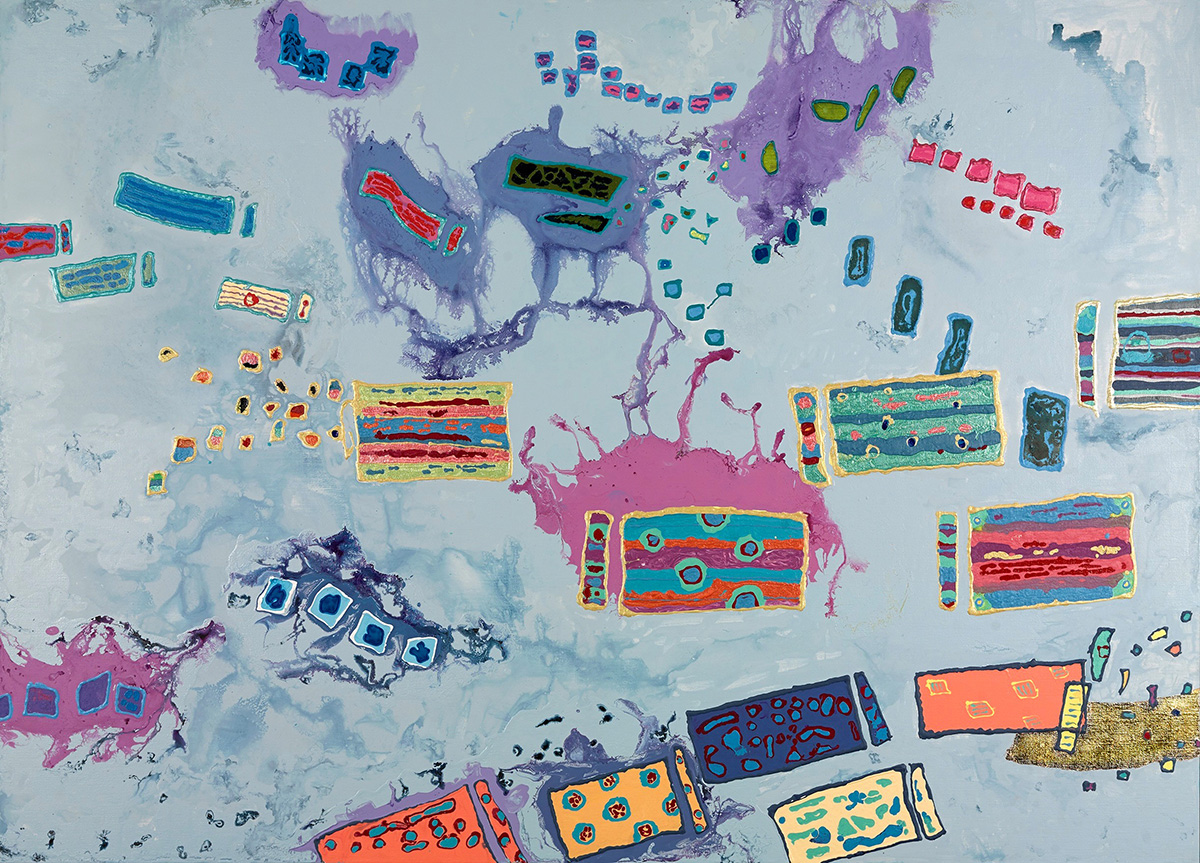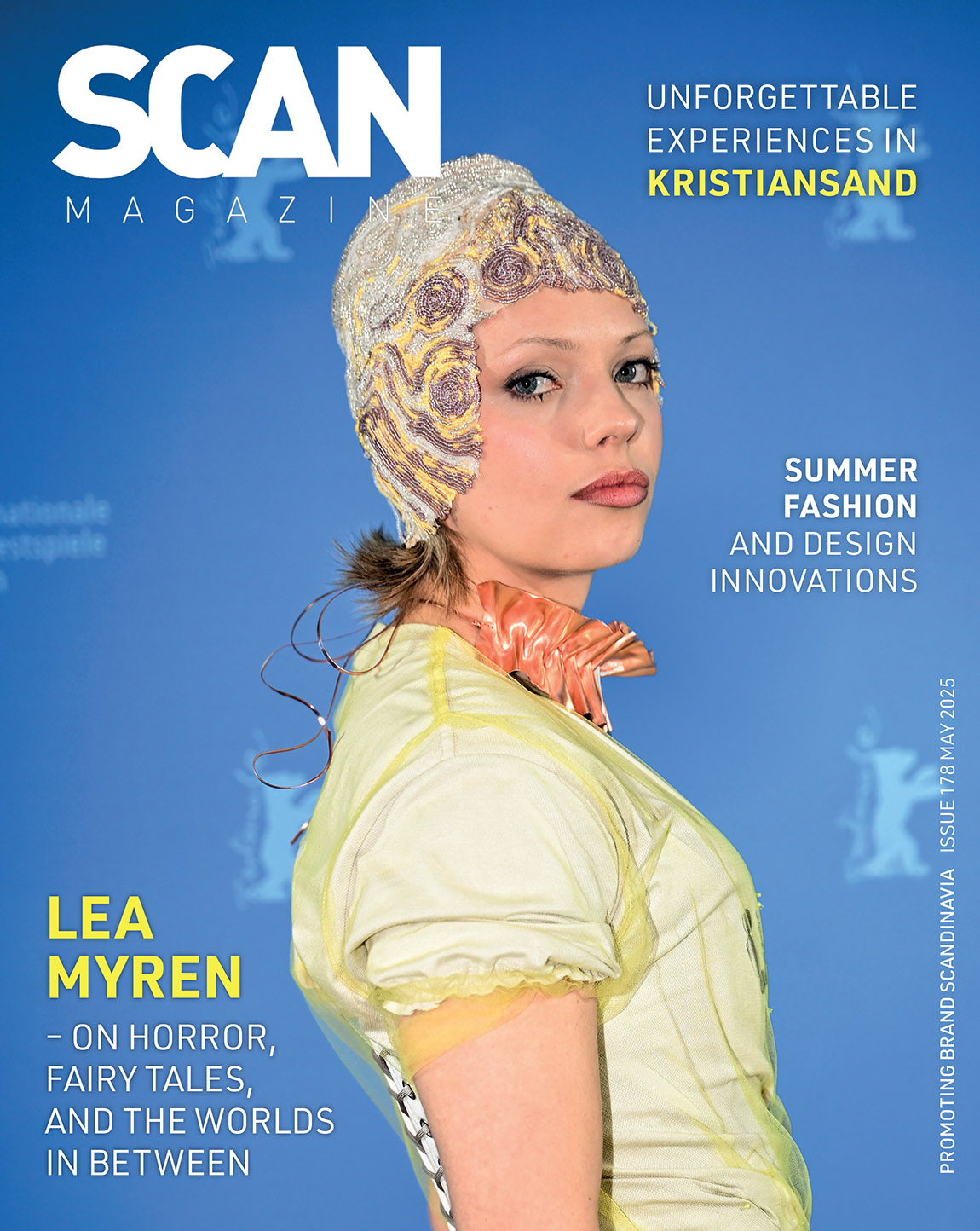Heidi Glattre: Art that describes words
By Eva-Kristin U. Pedersen
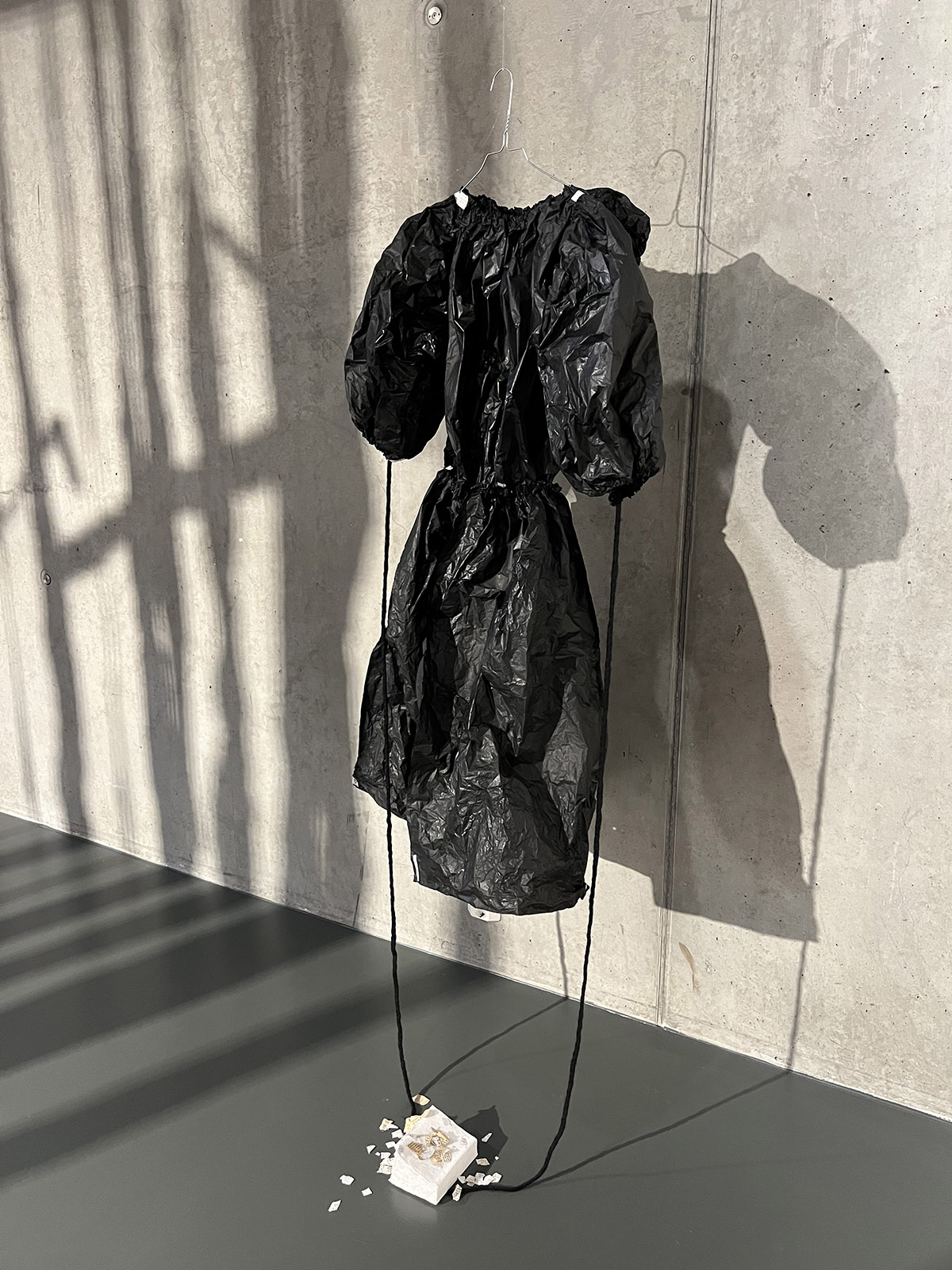
Emily Brontë. Photo Heidi Glattre
When Heidi Glattre starts working on a piece of art, she spends a lot of time thinking of what texts to use. “Most people describe their experience with art in words. I use art to experience words,” Glattre says.
With a degree in Literature, it is perhaps not surprising that Glattre puts such emphasis on the written word. The connection between the written word and the art she produces runs like a red thread through most of her work. “I’m interested in how language influences the way we perceive of the world around us,” Glattre says.
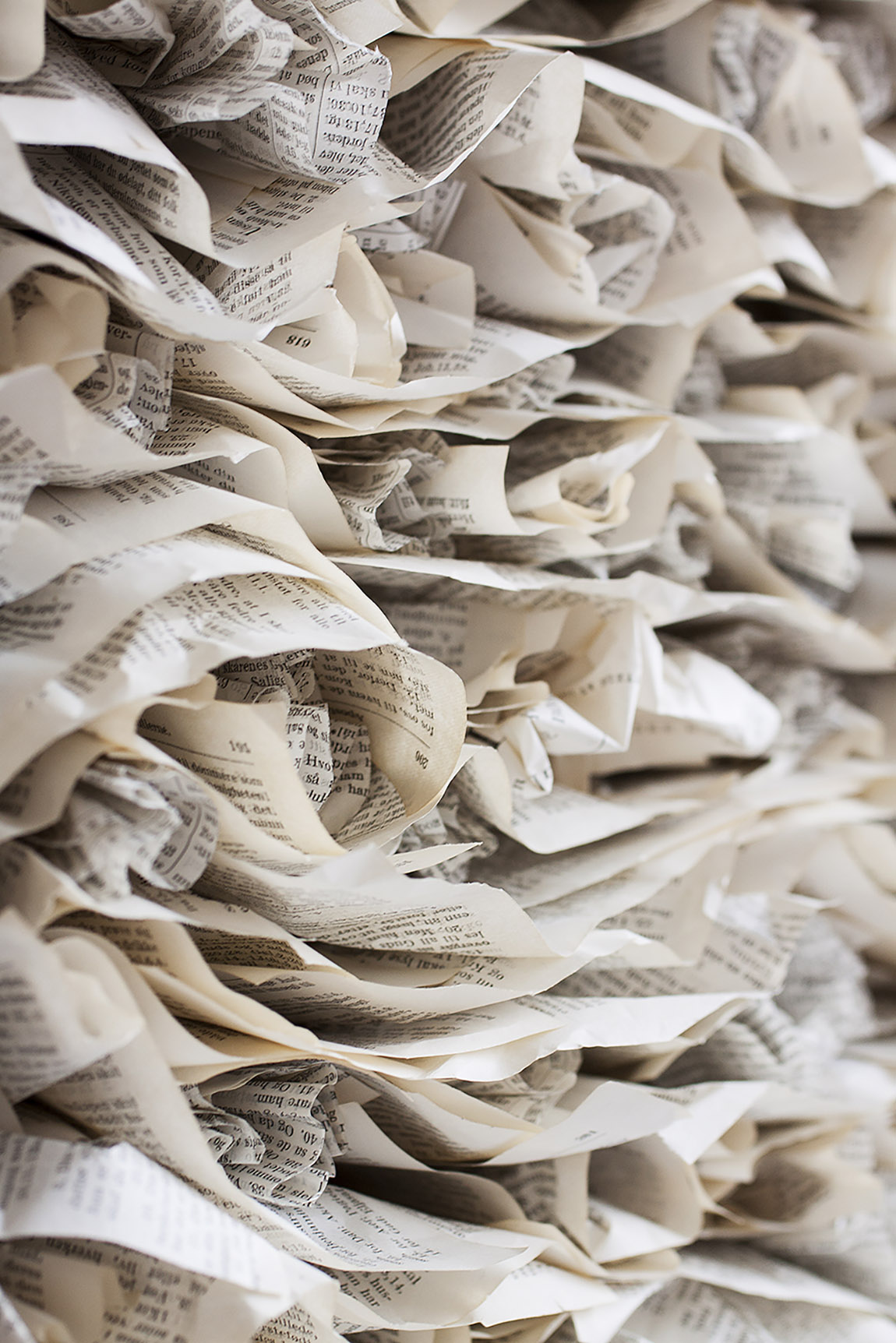
Nærbilde av Kristendom. Photo: Trygve Solheim
Glattre’s path to life as a working artist was winding, with a couple of sudden turns along the way. “When I became a mother, I started taking classes in painting. I also studied religious art and dedicated a lot of time to learning iconography – an art form where the rules of what you can and cannot do are very strict,” Glattre explains.
Another turn of events took Glattre and her family to London. The change of scenery presented her with a chance to develop her artistic profile. “I had my own atelier and I started experimenting, mixing religious art with what I’d learned at the art school – it was exhilarating,” she says.
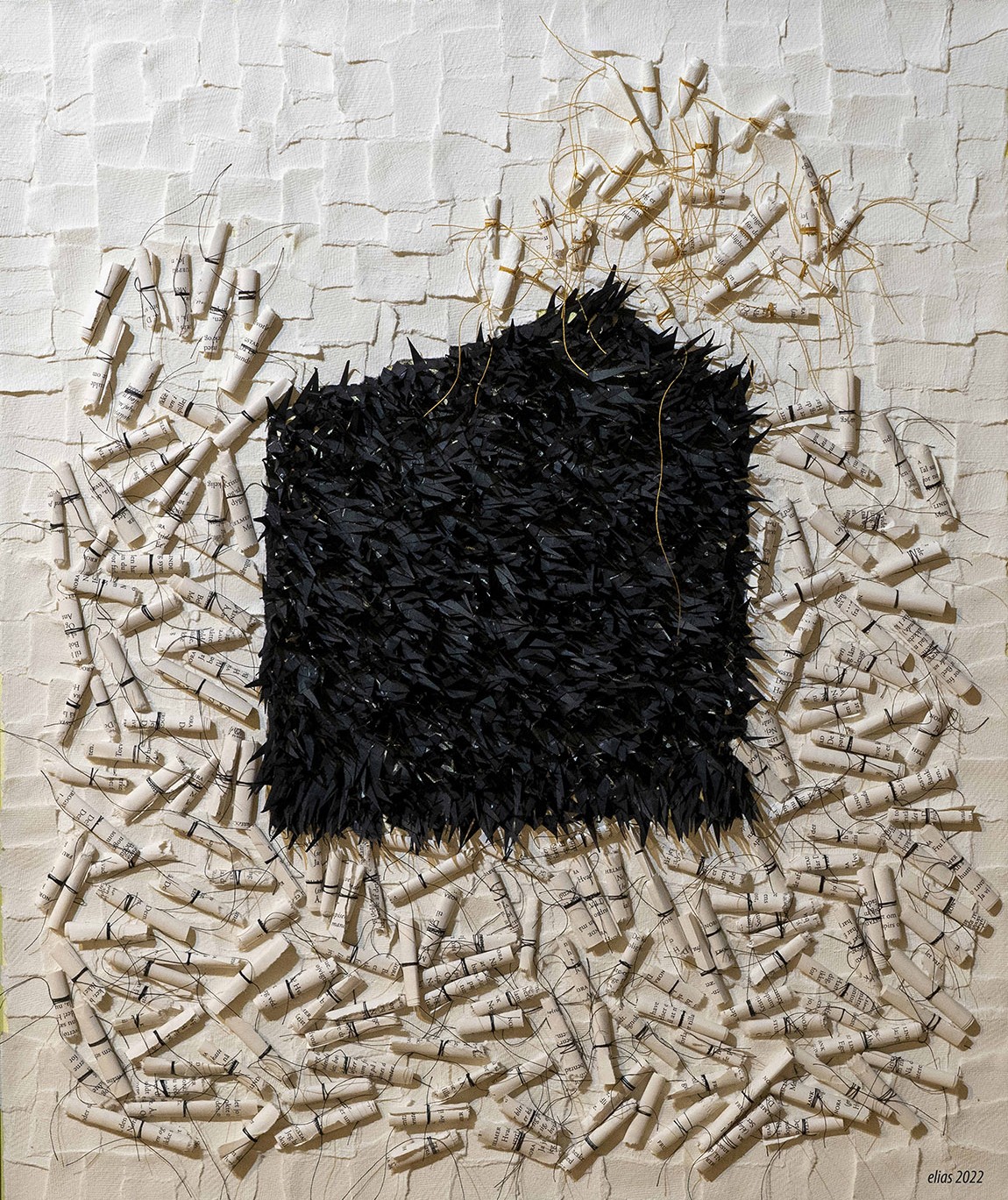
Et Dukkehjem. Photo: Trygve Solheim
Art as a process
Back in Norway, Glattre decided to pursue a degree at Nydalen Art School in Oslo. “Spending that much time in an artistic environment made me appreciate the importance of the process of making art, not only the outcome,” Glattre says.
To her that process usually involves texts – quite literally. For one of her religious pieces, This is the Dream, she mixed gold-leaf, handmade paper and silk paper from old psalm books. And in an installation to honour female literary pioneers, she used texts of female writers Amalie Skram, Emily Bronte and others, she used parts of their texts as décor in handmade silk dresses. “I wanted to show that it was their words, their texts that liberated them as women,” Glattre says.
Because the process by which Glattre makes art is so mentally and physically demanding, it can even be painful. “Sometimes my hands and back hurt after working,” she says, but adds that the pain is both a gift and a punishment. “The physical pain makes us ask the question: why do we do what we do every day? There is always a reason, there is passion that drives us.”
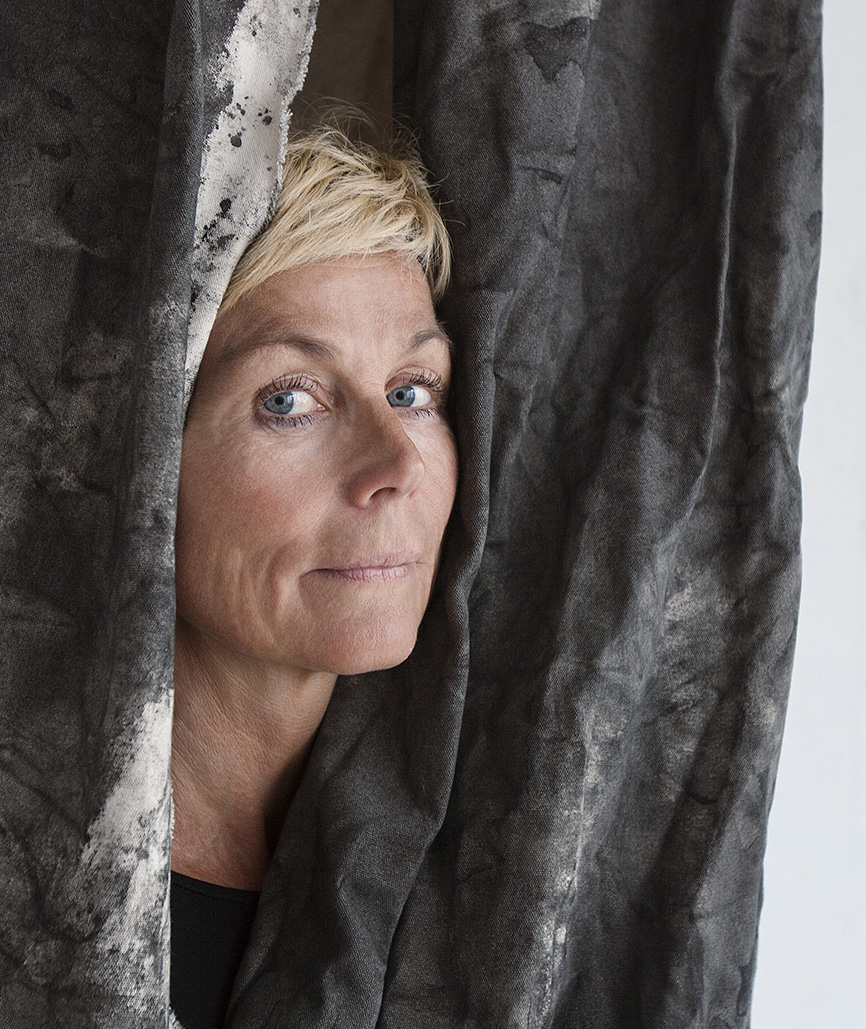
Heidi Glattre. Photo: Hanne Tharaldsen
Facebook: heidi.glattre
Instagram: @hglattrekunst
Subscribe to Our Newsletter
Receive our monthly newsletter by email

